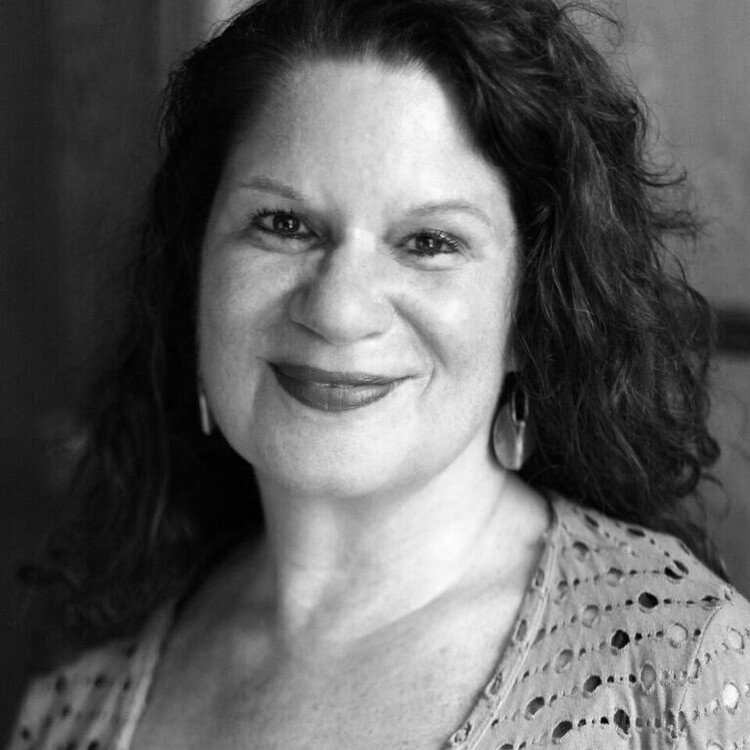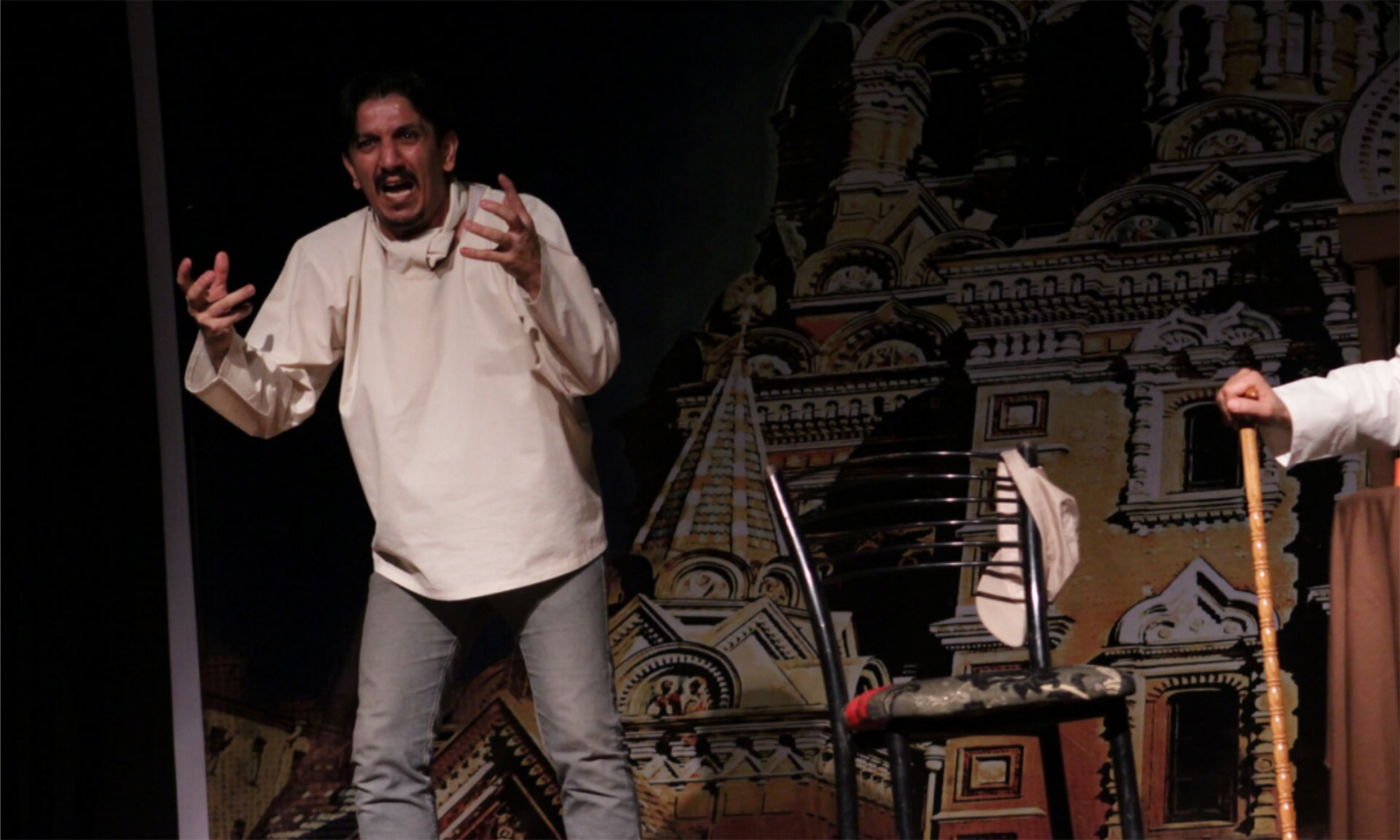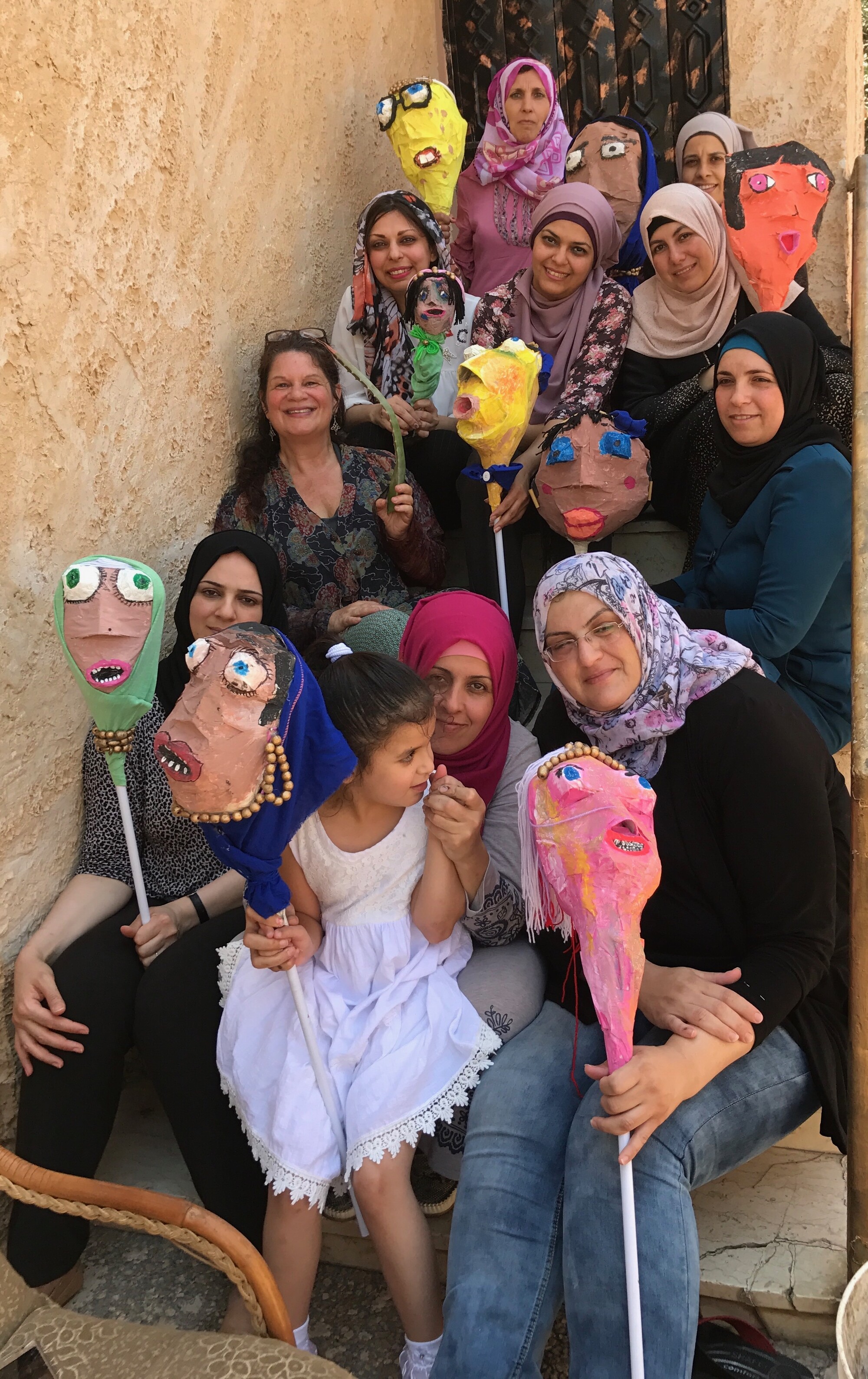The first time I went to the West Bank was to teach theatre in the Jenin refugee camp for Freedom Theatre. I didn’t know back then how deeply the culture would affect me, how often I would want to journey back, and how I would feel the area’s blows from my home in New York, thousands of miles away. Both my work and my life were changed as a result of my interaction with the Palestinian people and my growing knowledge of the oppression, injustice, and tragedy occurring with brutal consistency. When I heard of the bombing of the Al Mishal Cultural Centre, I literally doubled over in pain. I didn’t know what to do, but I knew I had to do something.
The current plight of artists in Gaza is even more desperate since the 9 August bombing: while they lacked space and safety to make work before, circumstances have grown even bleaker with the loss of this vibrant center for arts and culture.
My reaction was mirrored by dozens of theatre practitioners. Upon hearing the news, the late Elyse Dodgson, former international director of London’s Royal Court Theatre who was a friend of Mohana, was shocked that no British paper reported on the bombing and wanted to support artists in Gaza. Similarly, Jonathan Chadwick, the artistic director of London’s Az Theatre who had just co-produced the world premiere Arabic stage adaptation of Tolstoy’s War and Peace with Madhoun’s company Theatre for Everyone, immediately wanted to take action. The British theatre community rallied, coming up with a campaign and publishing a letter of condemnation for the violence in the Guardian. As awareness picked up, I was asked to join the cause.
Alongside the ASHTAR Theatre, Yes Theatre, and Freedom Theatre, and people like Madhoun, Mohana, Chadwick, Iman Auon, Shalva Wise, and Caryl Churchill, I have been working, through my involvement with the H.E.A.T. Collective and Theatre Without Borders, to increase interest in and build awareness of the Al Mishal Cultural Centre—its history, its present, and its possible future—through the Gaza Cultural Centre Campaign. The community of international theatre practitioners who have come together to condemn the bombing is growing, and we are seeking the recognition and support from even more artists around the world. As we call for justice we are simultaneously researching the best ways to rebuild this cultural hub.
Gaza’s isolation as a result of Israel’s blockade and restrictions has ravaged its economy and impoverished its people. Many in Gaza live in a state of unemployment, without sufficient water or electricity. The conditions endured by the residents have been seen by human rights organizations as a violation of international humanitarian law.
The Al Mishal Cultural Centre was a five-floor building that housed a performance space as well as offices, a library, a café, and a recreation center for children. It offered many cultural events, including theatre, dance, and music, to the population of Gaza City. It was the headquarters of the al-Anqaa’ (the Phoenix) dance troupe and provided open spaces for performances and trainings for cultural organizations in the Gaza Strip. It represented an important symbol of Palestinian cultural identity, heritage, and freedom of expression.
On 9 August, actors and crew had been preparing for an evening performance at the Centre. The air was alive with the electric theatrical energy that occurs before the opening of a project that people have been working on for months. At some point during the day, residents in the area received alerts, which came in the form of phone messages and warning shots fired by the Israeli army, that an attack was coming. These warning shots, or “knocks” as they became known to locals, were typical occurrences in Gaza before an attack. No one knew, though, where the bombing would happen. Two hours later, when the cultural center was razed to the ground, the community was shocked.
No one knew, though, where the bombing would happen. Two hours later, when the cultural center was razed to the ground, the community was shocked.
Cultural centers are vital to communities—they can be lifelines for isolated citizens. The teachers I worked with at the refugee camp in Jenin once told me that the only place students felt free to express themselves was at the Freedom Theatre. Even though violence is always present in Gaza—all night you hear gunshots close by—these individuals felt a sense of safety at the center, a place where heritage and family, art and music, gave them a certain amount of comfort and shelter from the gunfire and bombs.




Comments
The article is just the start of the conversation—we want to know what you think about this subject, too! HowlRound is a space for knowledge-sharing, and we welcome spirited, thoughtful, and on-topic dialogue. Find our full comments policy here
Great essay, Jessica. I agree about the importance of the Cultural Center in Gaza. Iman and I discussed when I was in Ramallah in November. Where is the best place to make contributions? Thanks for everything you are doing!